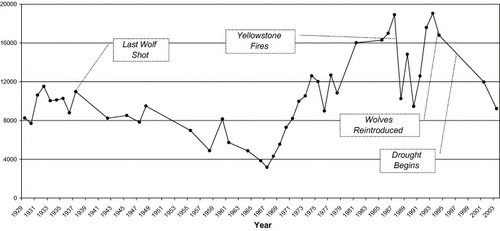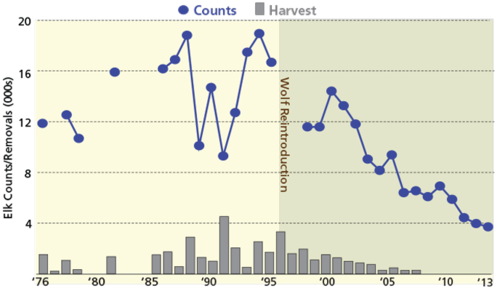Pinecricker
New member
I have a hard time understanding Montana. Why is there so much anti-trapping sentiment when it comes to wolves? And, how did they end up with such a blatantly of pro-wolf commission? Have the demographics of Montana really changed that much? I know there has been a pretty large gentrification effect happening in Montana for the last several decades, but has it really gotten this bad?
One would think that livestock operators would be in favor of an aggressive wolf control program, but that doesn't seem to be the case. Is Ag now a minority voice in Montana, behind the likes of the Buffalo Field Campaigners, and the rest of the eco-activism industry?
One thing that has become clear from wolf management in Idaho is that with out an extremely aggressive trapping program, you just can't produce a meaningful wolf harvest. Heck, even with liberal trapping here (12 wolf tags per trapper), we still haven't made a meaningful dent in the wolf population. They bread so prolifically, and are so difficult to kill, that hunting and trapping just aren't terribly effective. Yet, in Montana they are treating wolves as though they were still listed. Pretty strong indicator of who is controlling policy.
One would think that livestock operators would be in favor of an aggressive wolf control program, but that doesn't seem to be the case. Is Ag now a minority voice in Montana, behind the likes of the Buffalo Field Campaigners, and the rest of the eco-activism industry?
One thing that has become clear from wolf management in Idaho is that with out an extremely aggressive trapping program, you just can't produce a meaningful wolf harvest. Heck, even with liberal trapping here (12 wolf tags per trapper), we still haven't made a meaningful dent in the wolf population. They bread so prolifically, and are so difficult to kill, that hunting and trapping just aren't terribly effective. Yet, in Montana they are treating wolves as though they were still listed. Pretty strong indicator of who is controlling policy.







